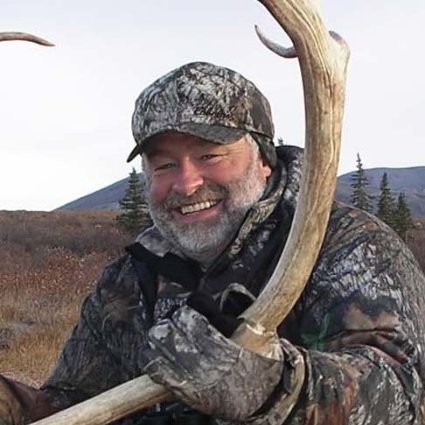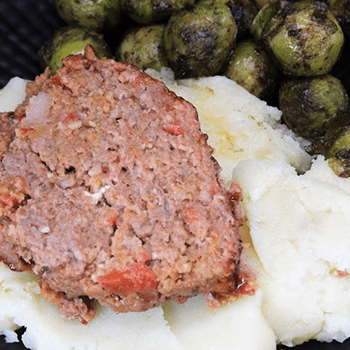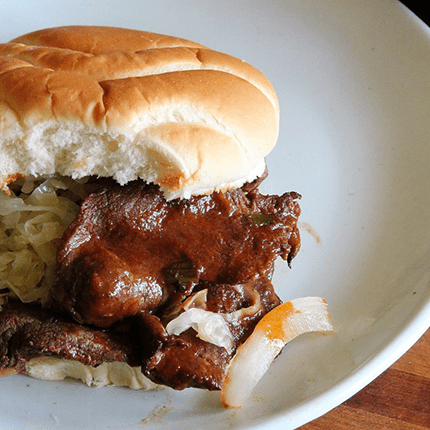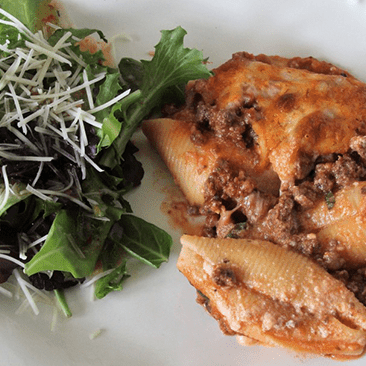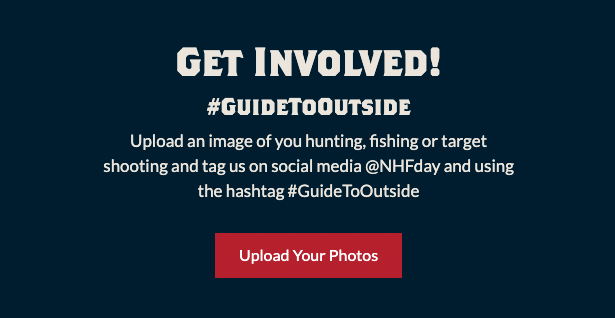
5 Things to Look For in a Hunting Dog
When it comes to choosing a perfect pup for hunting that can also be a great family pet, pedigree is everything.
People have a lot of methods for picking a puppy, but most of them involve trying to evaluate a litter of six-week olds to find the right temperament. This, essentially, is impossible. You can’t look at the behavior of a newborn puppy and accurately predict how it will be as an adult any more than you can with a newborn baby.
No matter how timid a puppy seems, or how overtly aggressive a puppy is when compared to its littermates, you won’t be able to make a great call one way or another. By that point in the process, the only decision you’ll really be making is on looks.
The true method for picking a perfect puppy is to start long before it’s born by studying its pedigree.
One of the most common bird dog legends involves the shelter dog, or the accidental farmhouse Lab, that grew into a bird-hunting machine. We love those stories because they give us hope that any old dog can be amazing in the field. The truth is, those dogs are outliers and their field prowess likely benefits from a bit of storytelling license.
To get an amazing hunting dog, or at least hedge your bets, you need to dig into bloodlines. Whether you’re looking for an English setter to hunt quail with, or maybe a golden retriever with a nose for roosters, you need to research not only the parents but the grandparents of the litter. This serves a couple of purposes, the first being health.
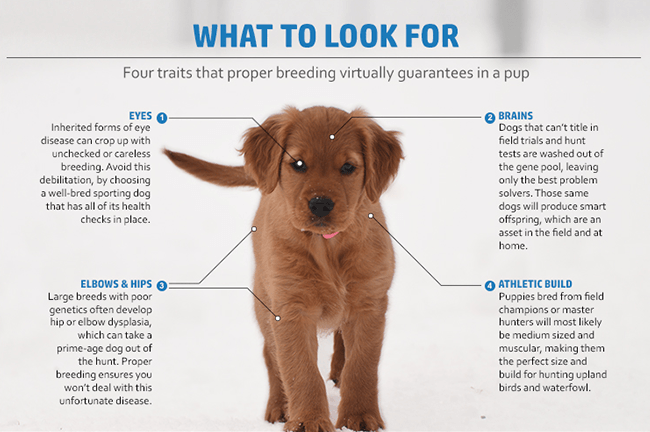
Bloodline Realities
Dog breeding in America is an unchecked, unregulated business. That’s why so many breeds have reputations for coming down with cancer or developing debilitating joint issues. A well-bred dog will have all of its health checks in place, and that is a major reason for going this route.
The same kind of dog, with pure lines and, hopefully, a history of hunt tests, will not only be healthy but will also be smarter than average. Any dog that comes from generations of hunt-test or field-trial winners has problem-solving skills built in, mostly because dimwits don’t excel at tests. This is a great way to hedge your bets with an easy-to-train dog whether you’ll ever run a field trial yourself or not.

And any dog that sports a solid pedigree will likely possess plenty of drive and athleticism. These two assets are extremely important to hunting ability. If you want a dog that can hunt the big woods of northern Wisconsin for ruffed grouse all day, you want a dog that has some athleticism in his background.
Quick tip: Unlike Europe, we really don’t have any breed standards in the United States. This means there isn’t any governing organization that polices breeds and ensures quality. The American Kennel Club is the closest organization we have.
Reading a Pedigree
You can’t look at a puppy or play with it for a few minutes and determine anything about how it will turn out as a bird dog despite common belief to the contrary.
This is the tricky part. The main focus of reading a pedigree will be to look at the parents and the grandparents of any prospective litter. Any generations beyond that are a bonus, but the biggest genetic contributors tend to be the latest two generations. Every reputable breeder will have a website, as well as the pedigrees of all sires and dams, so finding the base information should be easy.

We often focus on aesthetics in puppies, but not on intelligence. The best bloodlines out there will promise athletic, healthy dogs that also possess plenty of mental bandwidth.
When reading it, look for designations like MH (Master Hunter) or FC (Field Champion) after a dog’s name. Both are good.
You may also see NFC (National Field Champion, AFC (Amateur Field Champion) or SH (Senior Hunter), which are all indicative of dogs that have titled and are likely to be passing on the right genes.
If you see CH anywhere, pass. That is a show dog designation, and not what you’re looking for in a hunting dog. Show breeding is all about looks and has been disastrous to many of our once-popular sporting breeds.
Keep in mind that it will be easier to find a good pedigree in a popular breed than it will be for a more obscure breed. The same goes for color. A lot of people want a chocolate, a red, or a silver Lab these days. The problem with many of these dogs is that they have been bred for color and nothing else, which is very similar to show breeding.
Dig into the pedigree and look for the right field trial or hunt test designations before worrying about color — you won’t regret it.
Ask Questions
Don’t be afraid to ask any prospective breeder about:
- Health guarantees.
- What the parents or grandparents were used for if it’s not clear from the pedigree.
- How many litters did the parents produce a year?

No matter what bird-dog breed you fancy, you should consider doing some pedigree research to find a litter that should contain the kind of puppy you really need.
The best dogs often come from small operations that are meticulous about their breeding, which means they might only produce a couple of litters per year. If there is a waiting list and an interview before you can put down a deposit, this usually means there has been some investment into the lineage. That matters.
Always Buy Up
Well-bred dogs are worth a lot but convincing the average sporting-dog owner of that is not so easy. This is because they are usually more difficult to find than any run-of-the-mill dog, and they are more expensive.

A well-bred puppy is going to cost at least twice as much as an average dog, which is tough to swallow. The bright side is that it’s a one-time investment into many years of companionship at home and in the field.
These days, if you want a golden retriever that is field-bred (no show breeding) and boasts a pure pedigree and all of the health checks, you’ll spend at least $1000 and most likely, quite a bit more. You can find goldens all day long for half that price, but they’ll be a total gamble.
Quick tip: If you’re unsure how to research quality bloodlines for your next bird dog, enlist the help of a professional trainer.
Well-bred dogs are more expensive, and they are harder to find. However, look at it this way: you’re making a commitment that should hopefully last about a dozen years. Spending twice what you would for a questionable dog amortized over the lifespan of a dog you’re going to be very happy with is not much more of an additional investment. Factor in the likelihood that you’ll have a much better hunting dog and the idea of “buying up” is even easier to accept.
A lot of people will still scoff at paying that much, and the typical justification is that they only hunt a couple of times each year, so who really needs an in-field rock star? The answer is, they do. And you do, too, probably; even if your days in the field are very limited.
Family Matters
The thing about bird dogs these days is that even when a diehard upland hunter or waterfowler owns them, they only spend a small amount of time actually hunting. Most of their lives consist of being house pets. This means that while hunting skills, instinct and drive are all important, overall trainability and temperament are even more critical.
A well-bred dog that comes from a line of thinkers will be much easier to train.
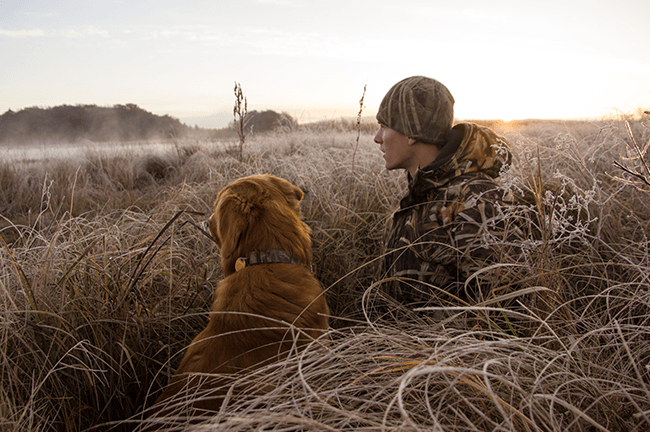
My current Lab, Luna, comes from a solid pedigree. She’s a machine in the field, but at home she is incredible as well. It took me two days to house train her, which was a relief because I’ve never had a dog take to that task so quickly. I also had her sitting the first day we got her as a puppy, which I wouldn’t have believed possible until I experienced it myself.
None of this came from exceptional training ability on my part, but instead was the result of paying up for a dog that carried the right stuff in her genes.
Conclusion
Well-bred puppies are expensive, but they’re worth it. If you’re paying for genetic potential you’re hedging your bets against a litany of issues that might crop up, not the least of which is health and overall abilities in the field and at home.
Forget what you think you know about picking a puppy and start researching litters. If that task is too much, enlist the help of a professional trainer. If you do, you’ll most likely end up with a dog that exceeds your expectations at home, and in the field.
And who can put a price on that?
About the Author
Tony J. Peterson has written hundreds of articles for over two dozen national and local publications. Although he covers topics related to all forms of hunting and fishing, his passion lies in do-it-yourself bowhunting for whitetail deer and western big game. Peterson is an accomplished outdoor photographer and currently serves as the Equipment Editor for Bowhunter magazine and Bowhunter TV.
Special thanks to StepOutside.org for providing this insightful content.
In this video, Professional dog trainer Bev Millheim offers some sage advice for dog owners that are getting their young dog ready for its first hunting season. Tough the tips are focused on retrievers the substance can be applied to any breed. If Fido will see it on opening day he should see it first in training. Good luck on your first hunt!



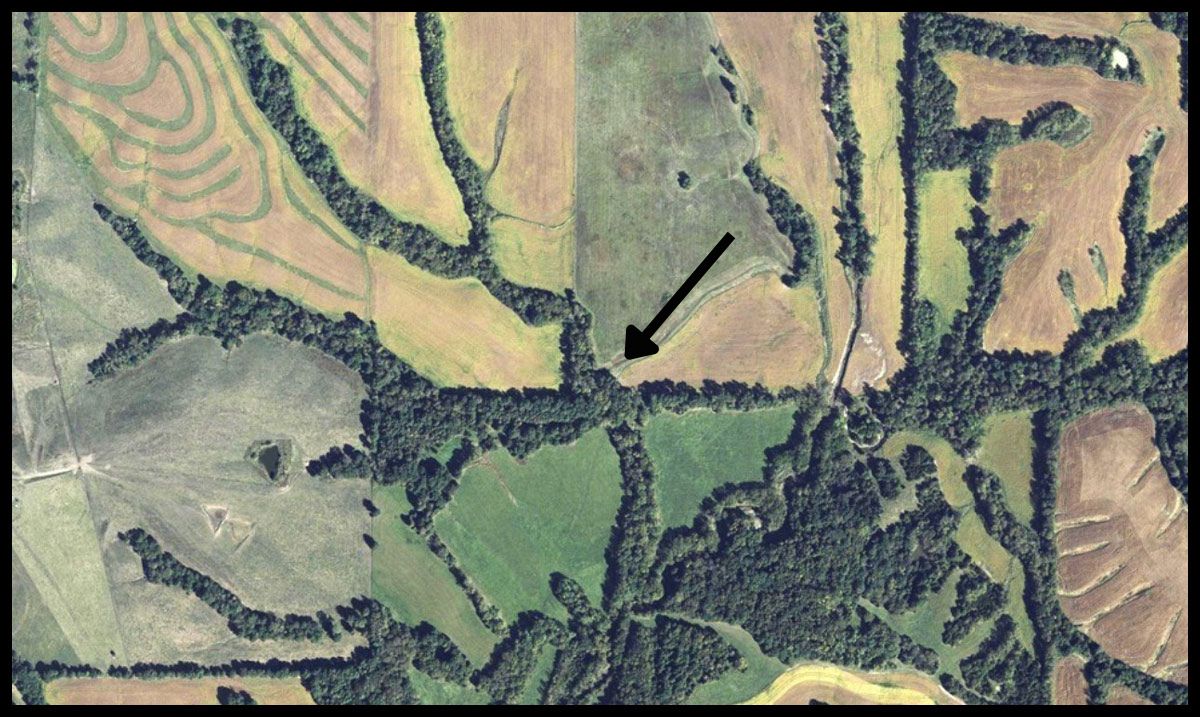



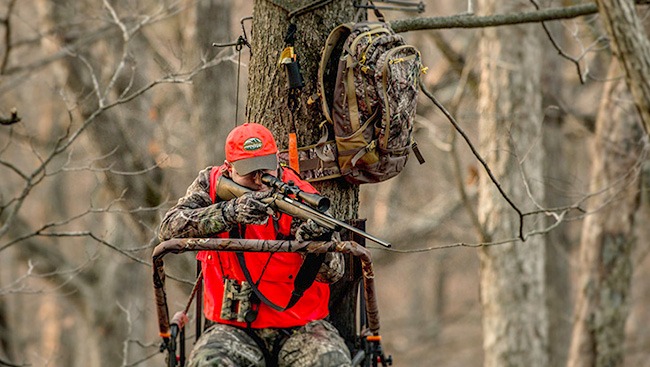 Very rarely do deer "drop in their tracks" at the shot. Once you make your shot, stay focused on the deer noting where it was when you fired and the direction it took off in.
Very rarely do deer "drop in their tracks" at the shot. Once you make your shot, stay focused on the deer noting where it was when you fired and the direction it took off in.
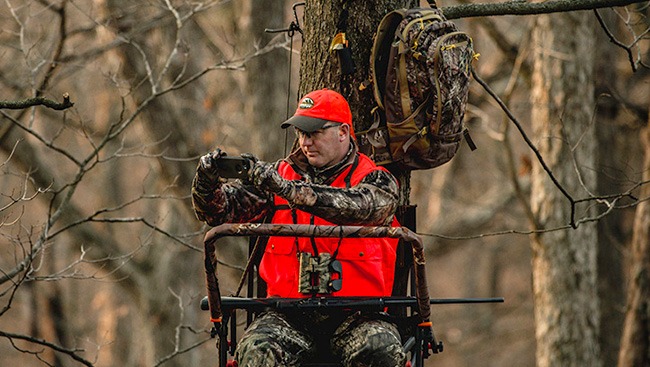 Before you leave your stand, use your phone to take a photo of where the deer was standing when you shot and the landmark where you last saw the deer before it disappeared.
Before you leave your stand, use your phone to take a photo of where the deer was standing when you shot and the landmark where you last saw the deer before it disappeared.
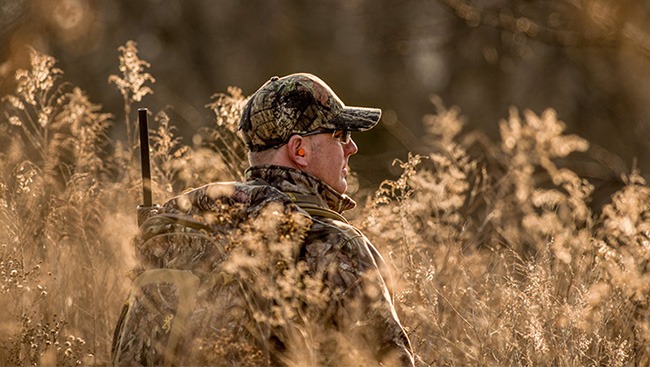 When looking for a blood trail, heavy signs higher up on bushes or spurts off the trail may indicate arterial bleeding, which means you should find your deer shortly.
When looking for a blood trail, heavy signs higher up on bushes or spurts off the trail may indicate arterial bleeding, which means you should find your deer shortly.
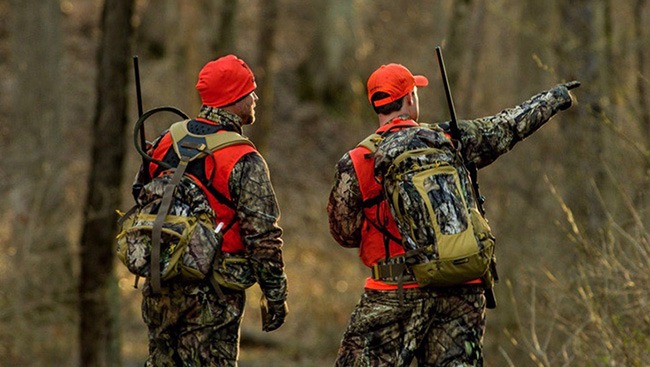 If you simply cannot find a blood trail of any kind, divide the land where you last saw the deer into a grid and walk each grid point until you find the deer or a sign of its trail.
If you simply cannot find a blood trail of any kind, divide the land where you last saw the deer into a grid and walk each grid point until you find the deer or a sign of its trail.
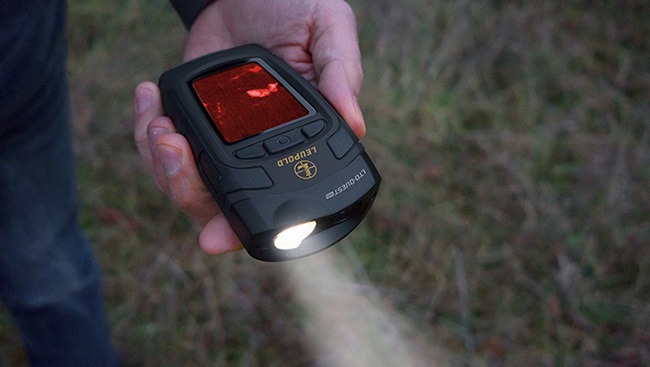 Photograph Courtesy of Leupold® & Stevens, Inc.
Photograph Courtesy of Leupold® & Stevens, Inc.
